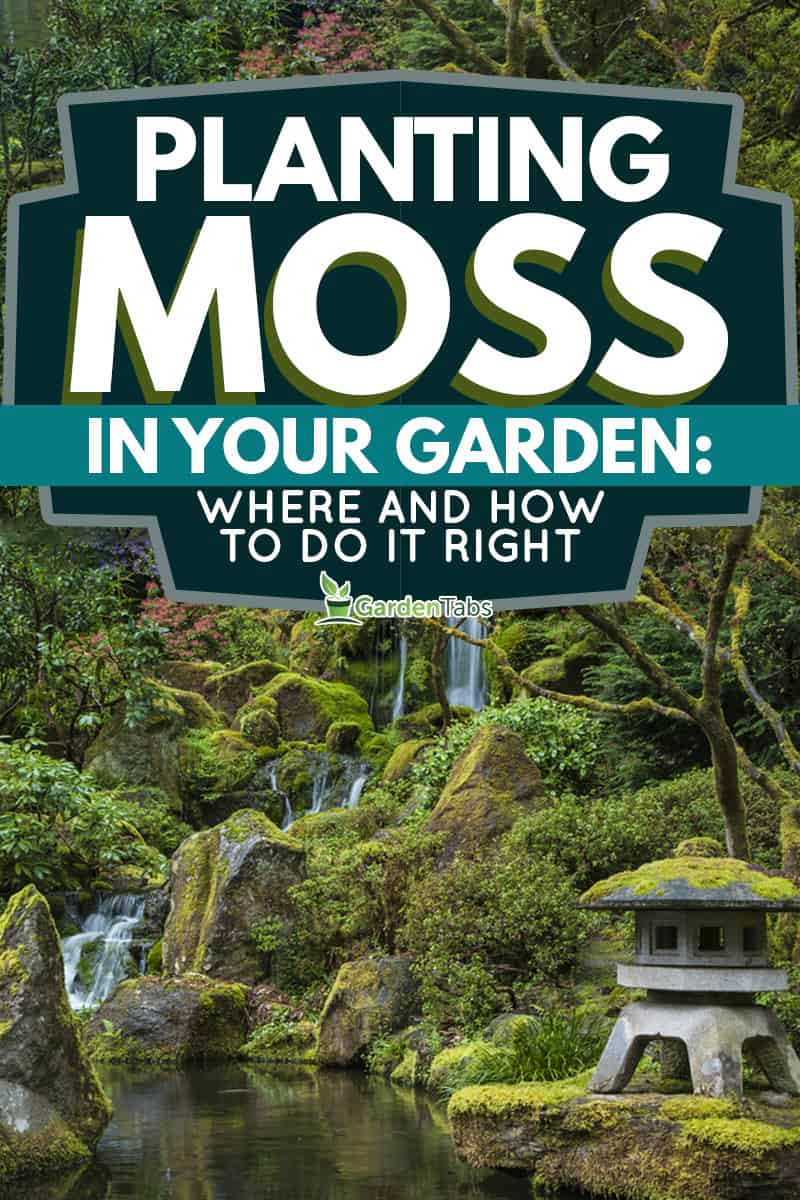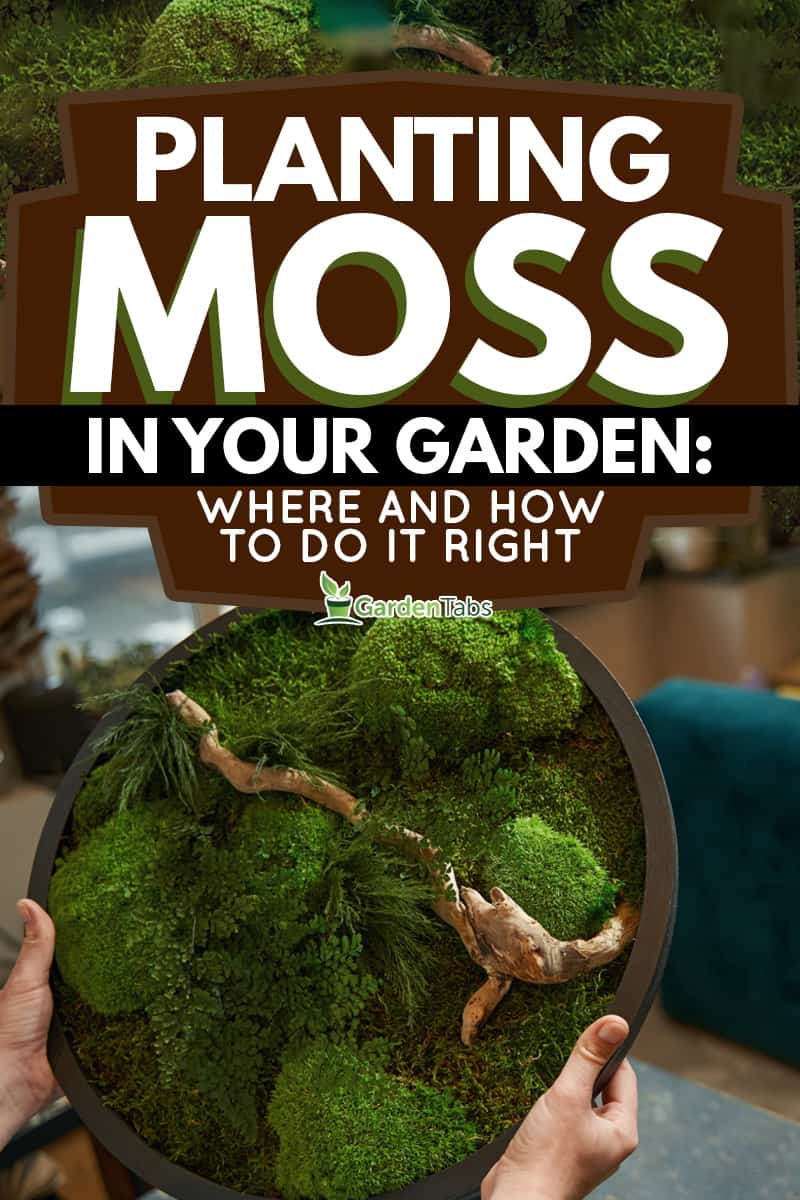Want to add a touch of magic and whimsy to your outdoor space? Look no further than planting moss in your garden!
Moss is not only visually stunning, but it also has various benefits for your garden and the environment.
In this article, we will explore the ins and outs of planting moss in your garden, including techniques you can try for optimal growth.
So, put on your gardening gloves and prepare to learn how you can add magic to your outdoor space with the beauty and benefits of moss.
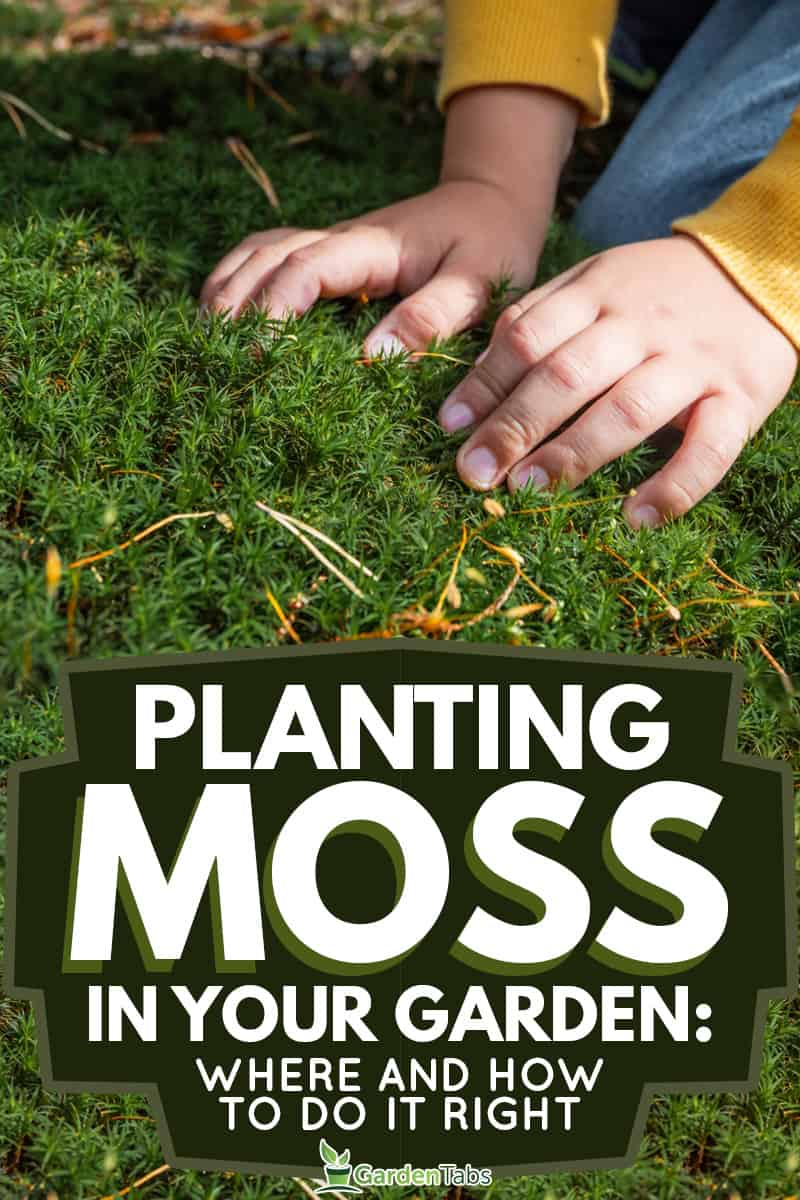
Where to Plant Moss
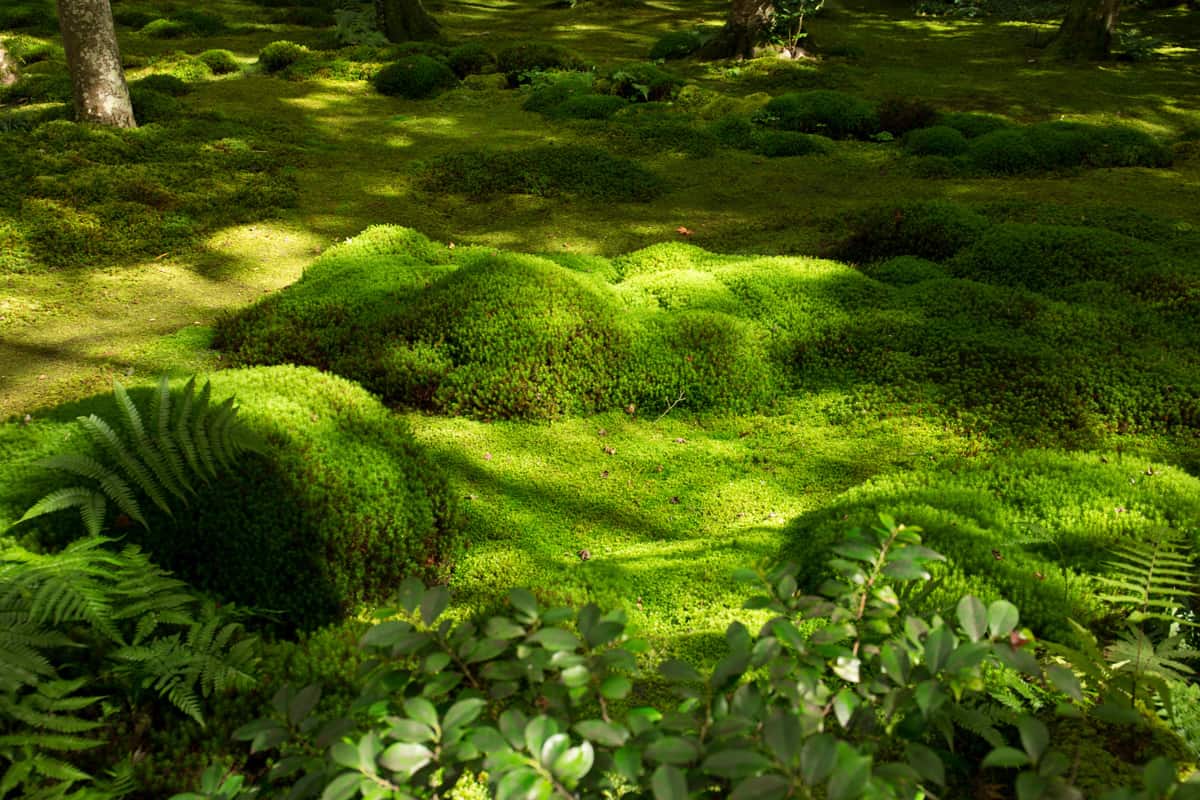
When planting moss, it is important to choose the right location based on the specific needs of the species you are growing.
Some mosses prefer acidic soil over alkaline soil. In contrast, others thrive in soil that's rich in organic matter instead of sandy and well-drained.
Here are some of the places where you can plant moss in your garden:
Shady Areas
Most moss species thrive in shady areas with little direct sunlight, such as under trees or in the shadow of a building.
They can also grow on rocks, walls, and other surfaces without direct sunlight.
Moist Areas
Mosses prefer moist environments, so it is important to plant them in damp soil areas.
This could be a low-lying area in your garden that tends to collect water or areas that receive regular rainfall.
Rock Gardens
Mosses are a great addition to rock gardens if you're trying to create a natural, organic look.
They can also fill gaps between rocks or soften the edges of hard landscaping features.
How to Plant Moss
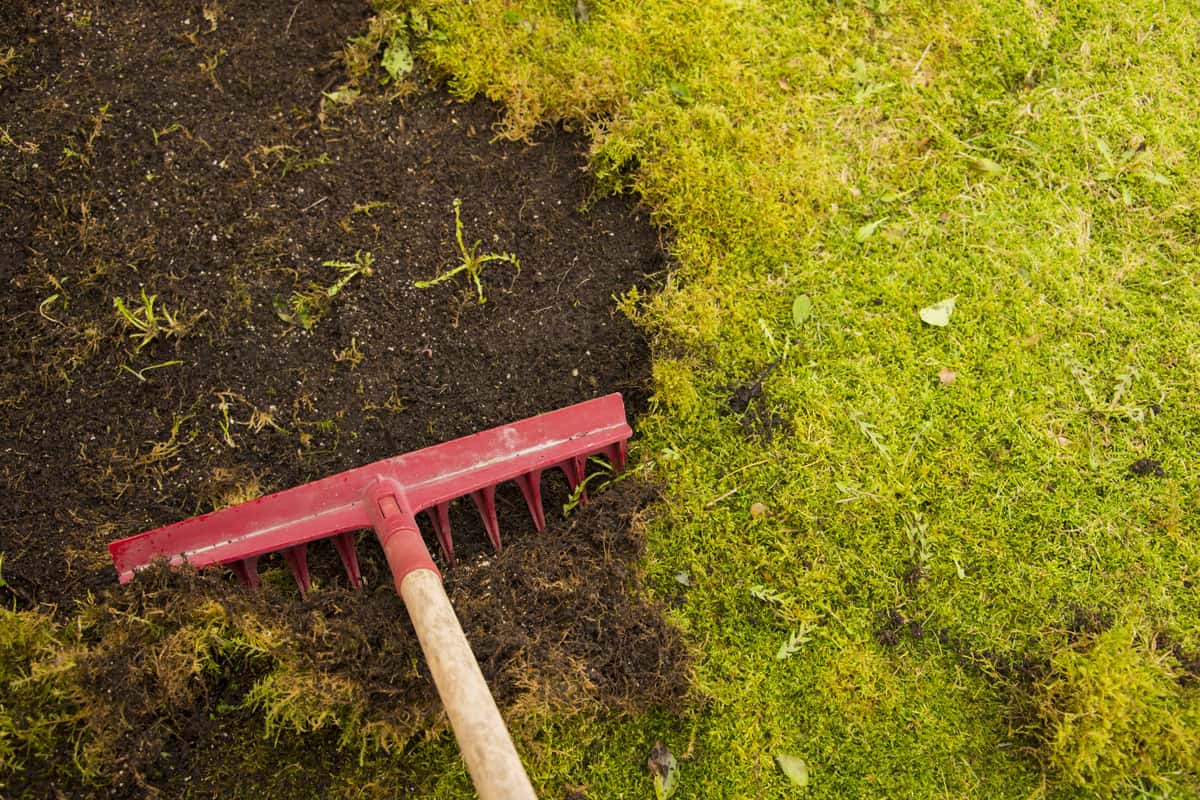
Preparing the Soil
Before planting moss, you will need to prepare the soil.
Moss grows best in soil that's acidic, with a pH ranging from 5.0 to 6.0. You can test the soil pH using a soil test kit or by sending a sample to a soil testing lab.
If the soil pH is too high, you can lower it by adding sulfur, aluminum sulfate, or organic matter such as peat moss.
If you need to increase the soil's pH level, you can add lime-based compounds, baking soda, crushed eggshells, or wood ashes.
Removing any weeds, grass, or debris from the planting area is important, as moss prefers a clean surface to grow on.
Choosing the Right Moss
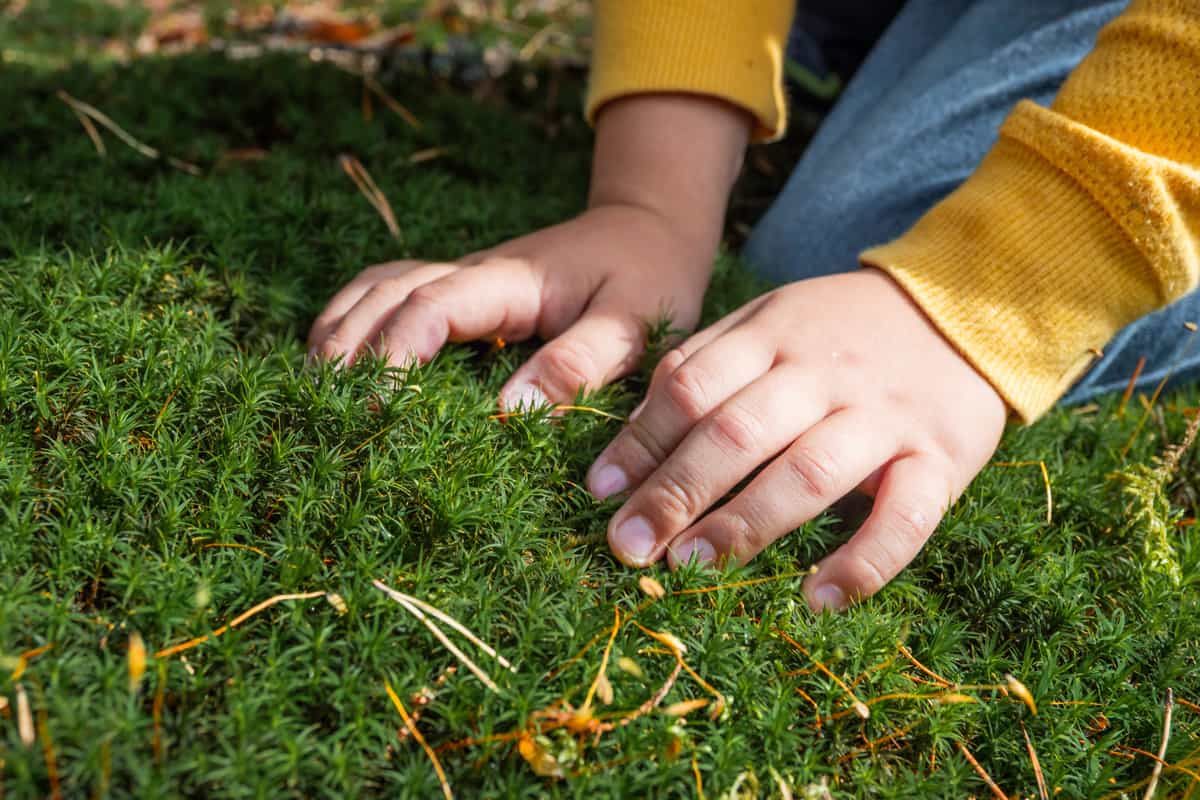
When choosing a moss, you should consider your climate and how much sun your garden gets each day.
You should also think about the type of soil that's in your garden and moisture levels.
Additionally, think about the aesthetic you are trying to achieve. Do you want to create a dense, lush carpet of moss or a sparse, natural look?
Once you have considered these factors, you can research different types of mosses and their specific requirements to determine which will work best.
You can also consult a local gardening expert for advice on which mosses best suit your area.
Here's a table showing different types of gardens and the best kind of moss for each:
| Garden Type | Best Moss Type |
|---|---|
| Rock Garden | Cushion Moss, Haircap Moss |
| Shade Garden | Fern Moss, Sheet Moss |
| Water Garden | Carpet Moss, Sphagnum Moss |
| Sunny Garden | Haircap Moss, Rock Cap Moss |
Planting Techniques
There are several different techniques for planting moss, depending on the size of the planting area and the type of moss being used.
One common technique is to transplant moss by laying a patch in the location you would like it to grow.
Make sure the patch is in contact with the soil and press it down firmly. Water the area well and keep it moist until the moss establishes itself.
Another technique is to blend moss with buttermilk or yogurt in a blender. Then paint the mixture onto surfaces where you would like the moss to grow.
This technique is beneficial for vertical surfaces.
Note that moss is a slow-growing plant and may take several months or even years to establish itself in a new location.
Be patient and regularly water the area until the moss has fully established itself.
Caring for Your Moss Garden
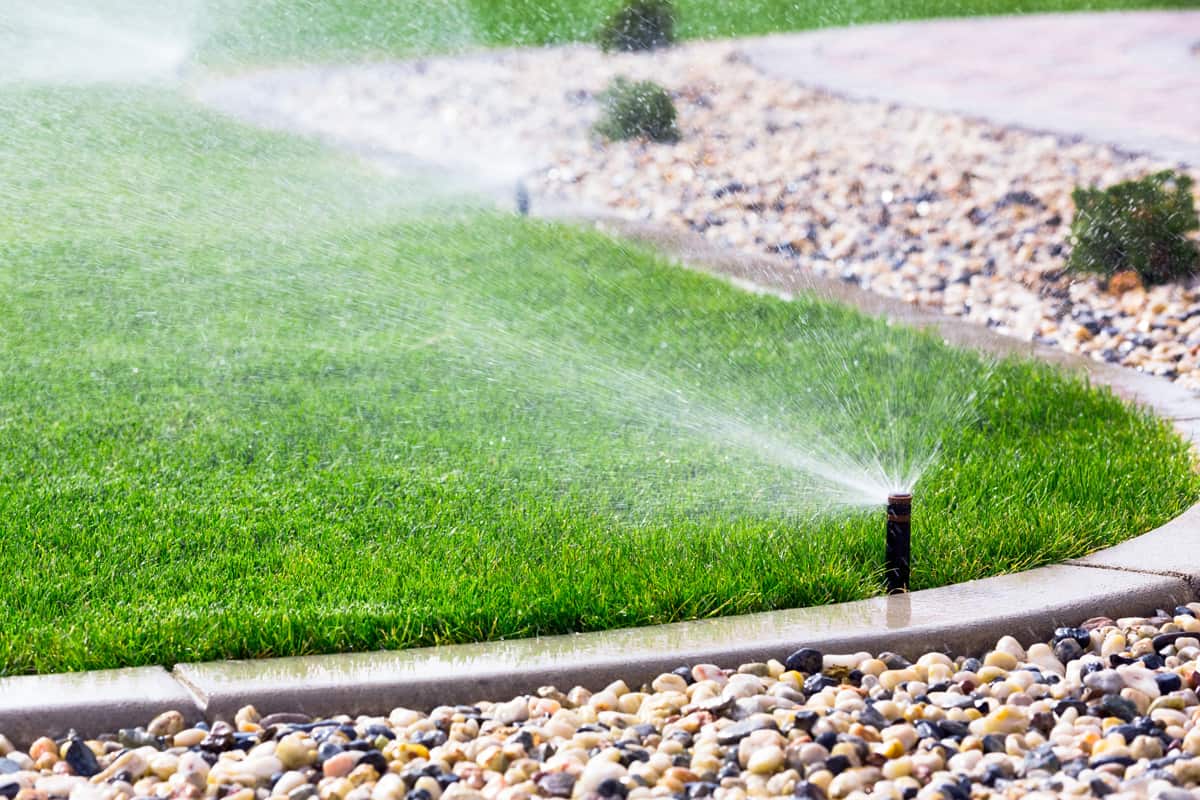
Watering
Moss needs a consistently damp environment to grow well. Water your moss garden regularly, keeping the area moist but not waterlogged.
You can use a spray bottle to mist the moss or a watering can with a fine nozzle to water it gently.
Avoid using a hose or sprinkler, as this can disturb the delicate moss and wash it away.
During drought or hot weather, you may need to water your moss garden more frequently to prevent it from drying out.
Try not to overwater the moss, because this can cause root rot.
Fertilizing
Moss does not require fertilizer to grow, as it obtains nutrients from the air and rain.
Fertilizing can be harmful to moss because it can encourage the growth of other plants that compete with the moss for resources.
If you want to fertilize your moss garden, use a low-nitrogen fertilizer sparingly and only when necessary.
Be sure to follow the manufacturer's instructions carefully, as too much fertilizer can damage the moss.
Weed Control
If you find weeds in your moss garden, remove them carefully by hand and pull up the roots to prevent regrowth.
Avoid using herbicides or other chemicals, as these can harm the moss and other plants in the area.
One way to prevent weeds from taking hold in your moss garden is to use a weed barrier or ground covers, such as landscaping fabric or mulch.
This can help to block out light and prevent weed seeds from germinating.
Check out this landscaping fabric on Amazon.
Is Moss Good for the Garden?
Yes, moss can be good for the garden. It adds a natural and attractive ground cover to the garden, retains moisture for other plants, and prevents soil erosion.
However, it's important to note that moss prefers shady and moist environments, so it may not be suitable for all garden conditions.
Can I Use Moss Instead of Mulch?
Moss can be used as a ground cover, and it can work in place of mulch.
Moss—like mulch—can provide many benefits, such as retaining moisture in the soil, suppressing weed growth, and regulating soil temperature.
Points To Harvest
When planting moss, remember to choose the right location based on the specific needs of the moss you are planting.
Mosses thrive in damp, shady areas with little direct sunlight, such as under trees or in the shadow of a building. They're a great addition to rock gardens.
To plant moss, you'll need to remove any weeds and debris from the planting area. You should also test the soil pH and adjust it if necessary.
If you found this article helpful, check out our other posts as well:



